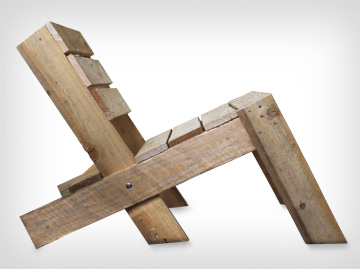We run several Dig It! food growing and edible landscaping clubs at various North London schools.
Our Dig It clubs are a lively, action-packed club in which we are not only talking the 3 ‘R’s – Re-cycle, Re-use, Reduce, but introducing the 3 ‘S’s – Soil, Soul and Society!

Lettuce be friends !
Some of Our Ecofuntastic Projects:
- Apple activism. In September, the streets around us are packed with a plethora of unpicked apple trees and fruit that goes to waste, yet the big supermarket chains still import apples from the USA. What can and should we do about it? Who could we write to? Let’s go out and harvest the apples and press them in our own special apple press and make juice for the whole school. What other apple recipes can we create and cook in the kitchen?
- Pizza-the-action. We have built a cob oven in NW3. This oven was made from dug-up clay, mixed with sand and straw. A cob oven is a great way to teach kids about energy consumption and low carbon building, as well as local food production. In this workshop, we will make our own pizza dough using local flour, herbs and rocket, and go and make our pizzas in the local cob site.
- Willow withies. Let’s carve willow to make living willow pencils and wittle willow to make great sculptures and also bows and arrows. What other trees are useful?
- Crude awakening. We invent a board game looking at oil and the history of oil production; the likely future of fossil fuels versus renewable energy.
- Perfumes ‘n’ potions. Let’s make bath-bombs and elderberry potions, blackcurrant and sage foot potions, oatmeal and blackberry face scrubs. Berries are all around us at this time of year, waiting to be picked and turned into great home-made cosmetics.
- Edimentals. Can school-grown veg look beautiful? Can there be an element of artistic design? What unusual flowers are out there that can be eaten – like nasturtiums, or marigold petals? Let’s experiment. Time for T… let’s make our own teas like chamomile, for instance, or rose-hip.
- Hedgerow. Hedgerows not only provide great habitats for over-wintering creatures, but at this time of year abound with a feast of hawthorn berries, rowan berries and rosehips – great for making our hedgerow jams and jellies. No need to buy cranberry sauce for that Xmas turkey, let’s make the perfect Xmas gift and design our own label and packaging in a link with DT. A local large retailer (Budgens Haverstock Hill) has also offered us a stall to sell or give away our produce and teach passers-by about the value of local food production.
- Palette furniture. Can a chair really be made out of an old wooden palette. Let’s find out how. The chair pictured below is called a Lazy boy chair – what will yours be called?

The Lazy Boy chair.
- Carrier-couture. Okay, so we all know that 500 billion carrier bags are used globally each year and, on average, 400 per UK household. Let’s design whacky costumes out of carrier bags, shoot a short film to create awareness of the facts, and upload it onto You Tube.
Spring term activities will include: eco-sushi making; juice it – the cocktail hour; well herby; water-world; pond-life; NRG and retro-fitting; fruit machines; well-fishy! – a look into the world of sustainable fishing; bread-making …
For a testimonial, please see Rosie Boycott‘s Unsung Eco Heroes published in the London Evening Standard.
THE STORY of TWO BOTTLES of APPLE JUICE
Apple Juice a – ‘Juice From Overseas’
Did you know that 95% of the fruit we eat in the UK is imported. This means that a large amount of the apples in our supermarkets are sent into this country by plane, letting off lots of nasty gases into our atmosphere.
The apples also have to be wrapped in lots of packaging in order that they survive the journey. This packaging is made in a factory using lots of energy.
All of the packaging and apples that go to make this juice, then have to be shipped around the country, many by large lorries, letting off more pollution.
Finally they arrive in your supermarket.
Apple Juice B – ‘NW3 Juice’
At this time of year it is the apple season in Europe. The time of year when all of the apples on our trees are ripe. Yet many of the apples on the trees around us, go unpicked and fall to the ground.
These apples in juice B have all been picked from streets around this school. In-fact, many of the St Pauls kids have helped to pick them!
These apples have been bought straight from the trees to the school, and are being pressed on this fruit press today.
Which juice would you prefer to drink??
We should all open our eyes to the treasure of fruit around us, ask our Mums/Dads and carers to plant more fruit trees (bees love fruit trees)
and make sure that we don’t let any fruit we see hanging on trees, go to waste.

